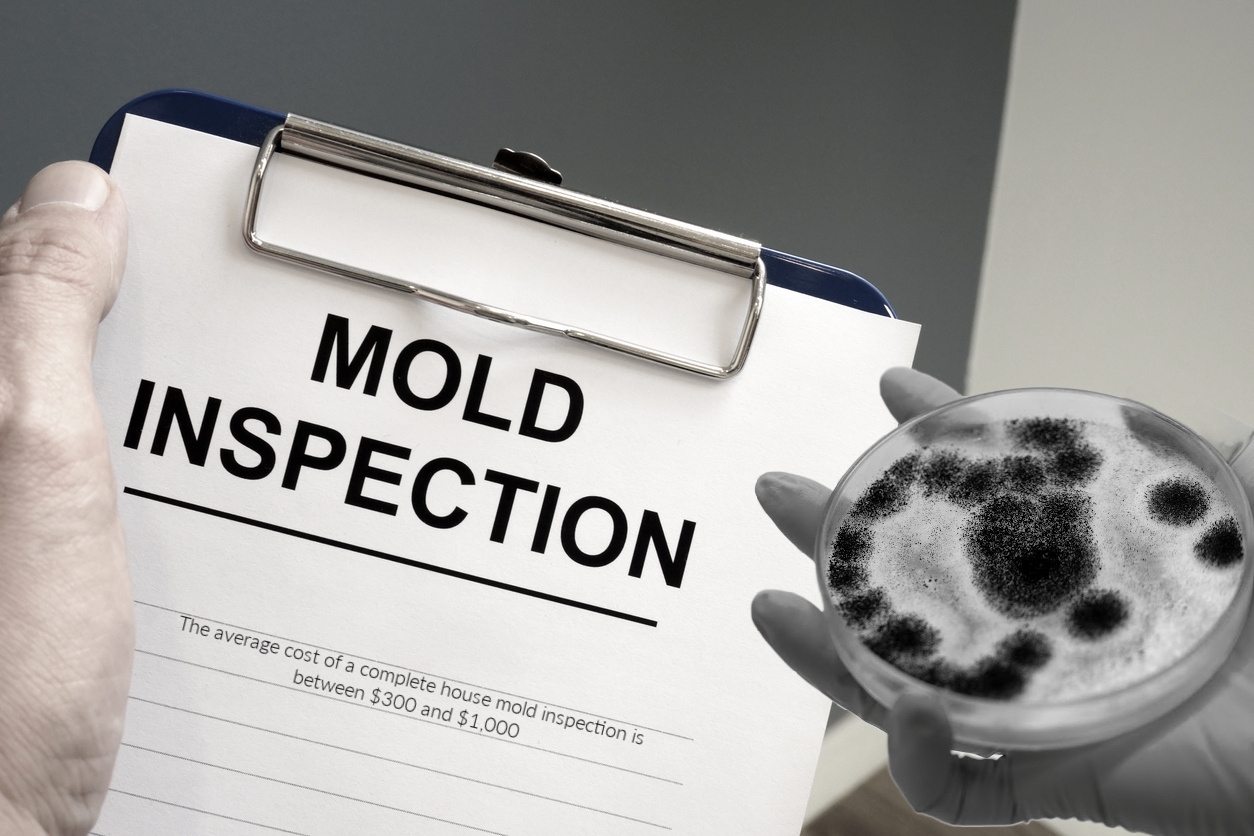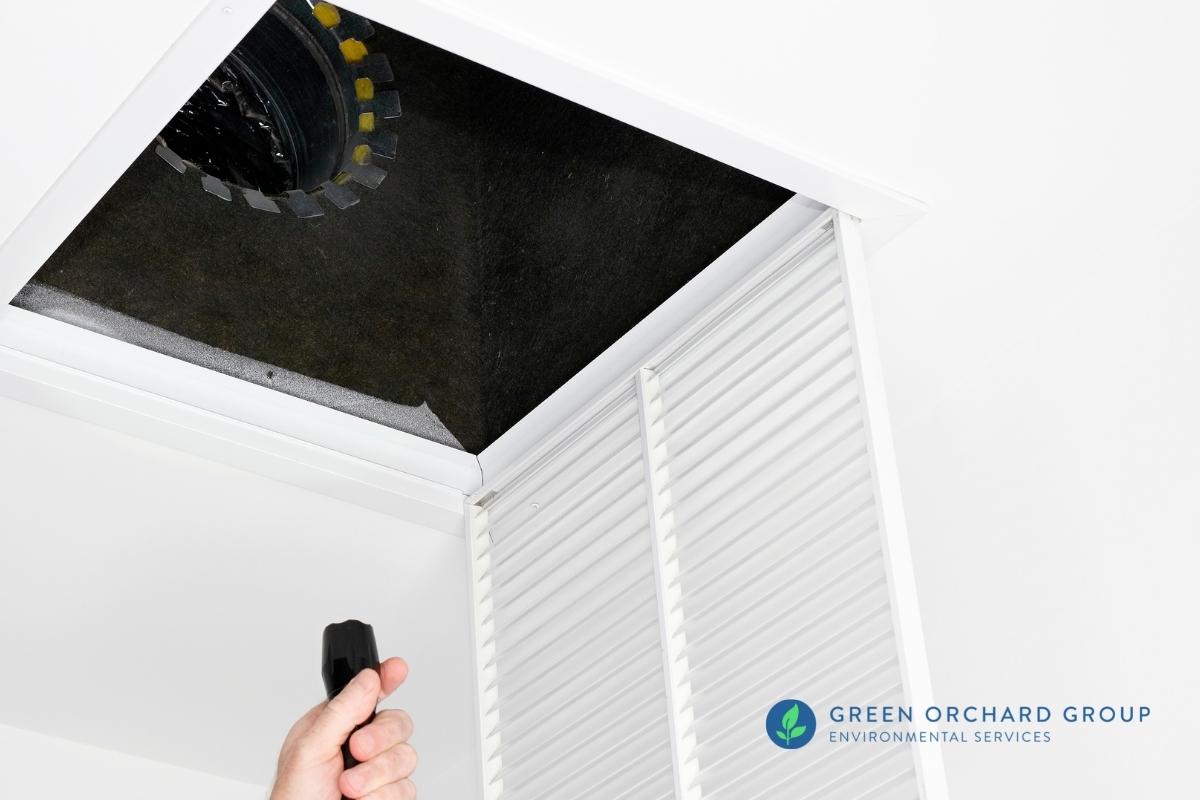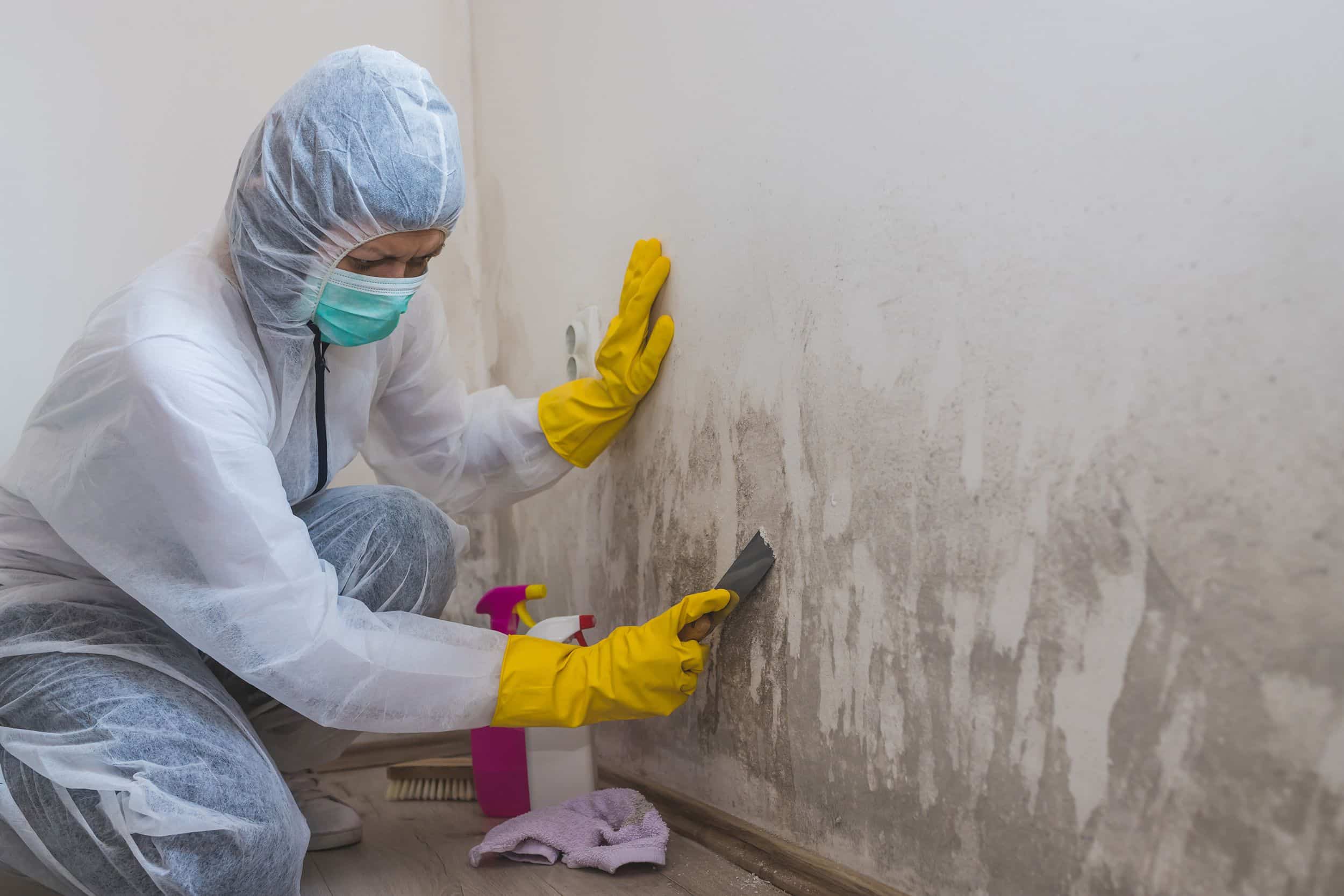Guidance on What to Do After Mold Remediation
Wiki Article
Effective Blog Post Mold Removal Solutions for Your Home
Mold and mildew development in homes can be a consistent issue, usually requiring an organized method for effective post-remediation services. From recognizing the aspects that add to mold development to applying proper cleansing methods and wetness control steps, the procedure can be elaborate yet vital for preserving a healthy and balanced living environment. In addition, discovering natural removal remedies and establishing a regular for recurring maintenance are important components of a detailed mold and mildew remediation technique. As house owners aim to attend to mold and mildew worries, discovering one of the most efficient options comes to be vital for the wellness of their households.Recognizing Mold Growth Factors
Mold and mildew growth is influenced by a selection of elements that are crucial to comprehend in order to properly deal with and avoid its spreading. Comprehending these variables is important in carrying out effective mold remediation approaches. The primary aspect adding to mold and mildew growth is moisture. Mold and mildew spores call for moisture to prosper and germinate, making moist or damp atmospheres very susceptible to mold invasions. Poor air flow can additionally lead to moisture buildup, producing a perfect reproduction ground for mold.
Moreover, airflow and light direct exposure can impact mold and mildew growth. Locations that lack correct ventilation and all-natural light are more vulnerable to mold growth. By attending to these elements adequately, individuals can effectively minimize mold and mildew growth and safeguard their living settings.
Correct Mold And Mildew Cleaning Techniques
Utilizing efficient cleansing approaches is important in attending to and preventing the recurrence of mold contamination in indoor atmospheres. The initial step in correct mold cleaning is to contain the afflicted location to protect against the spread of spores to uncontaminated areas.
Carrying Out Moisture Control Measures
To properly stop mold and mildew growth and contamination in indoor environments, implementing dampness control procedures is vital. In addition, making certain proper air flow in locations vulnerable to moisture accumulation, such as restrooms and kitchens, can help decrease the risk of mold growth. By carefully carrying out these dampness control procedures, home owners can effectively lower the chance of mold and mildew recontamination and keep a healthy and balanced interior environment.Utilizing Natural Remediation Solutions
After successfully implementing wetness control steps to avoid mold and mildew development in interior environments, homeowners can now explore the efficiency of all-natural remediation services in maintaining a healthy space. All-natural removal services make use of environmentally pleasant methods to deal with mold and mildew and mold, making them a prominent selection for those seeking non-toxic options. One such remedy is utilizing vinegar, a natural antimicrobial agent, to disinfect and clean surfaces contaminated by mold and mildew. Just water down vinegar with water and spray it onto the influenced locations, permitting it to sit for a few hours prior to wiping tidy. Additionally, tea tree oil, recognized for its antifungal residential properties, can be combined with water and sprayed onto mold-infested surface areas to hinder additional growth. An additional natural alternative is hydrogen peroxide, which can effectively kill mold and mildew Post Mold Remediation Report on numerous surface areas without leaving damaging residues behind. By incorporating these natural removal options into their cleaning routines, house owners can effectively fight mold and mildew development while promoting a healthier indoor environment on their own and their family members.
Maintaining a Mold-Free Setting
Regularly checking areas vulnerable to mold and mildew development, such as bathrooms, attic rooms, kitchen areas, and cellars, is vital. Proper air flow in locations with high humidity levels is also key to preventing mold and mildew development.Furthermore, preserving cleanliness in the home is essential for mold and mildew prevention. Frequently cleaning and cleaning surfaces, carpets, and furniture can assist eliminate mold spores before they have a chance to settle and increase. Utilizing mold-resistant items for building materials and home furnishings can better assist in creating a mold-free atmosphere. Last but not least, maintaining indoor plants in check and ensuring proper drainage in outdoor landscape design can lessen wetness build-up, minimizing the possibility of mold invasions. By following these aggressive upkeep methods, property owners can properly promote a mold-free space.
Conclusion
Finally, it is vital to resolve mold growth elements, use proper cleaning techniques, apply dampness control actions, utilize all-natural removal services, and preserve a mold-free atmosphere in order to efficiently handle post mold removal in your house - Post Remediation Inspection near me. By following these strategies, you can protect against mold from recurring and ensure a healthy and balanced living setting for you and your household
The main variable adding to mold development is dampness. Mold and mildew spores require dampness to germinate and grow, making wet or moist environments extremely at risk to mold and mildew infestations.To efficiently avoid mold and mildew development and contamination in indoor atmospheres, implementing wetness control measures is critical. In addition, guaranteeing appropriate air flow in locations vulnerable to moisture buildup, such as restrooms and cooking areas, can help decrease the threat of mold development.After effectively applying moisture control steps to avoid mold growth in indoor atmospheres, home owners can currently discover the performance of all-natural removal options in keeping a healthy and balanced living room.
Report this wiki page